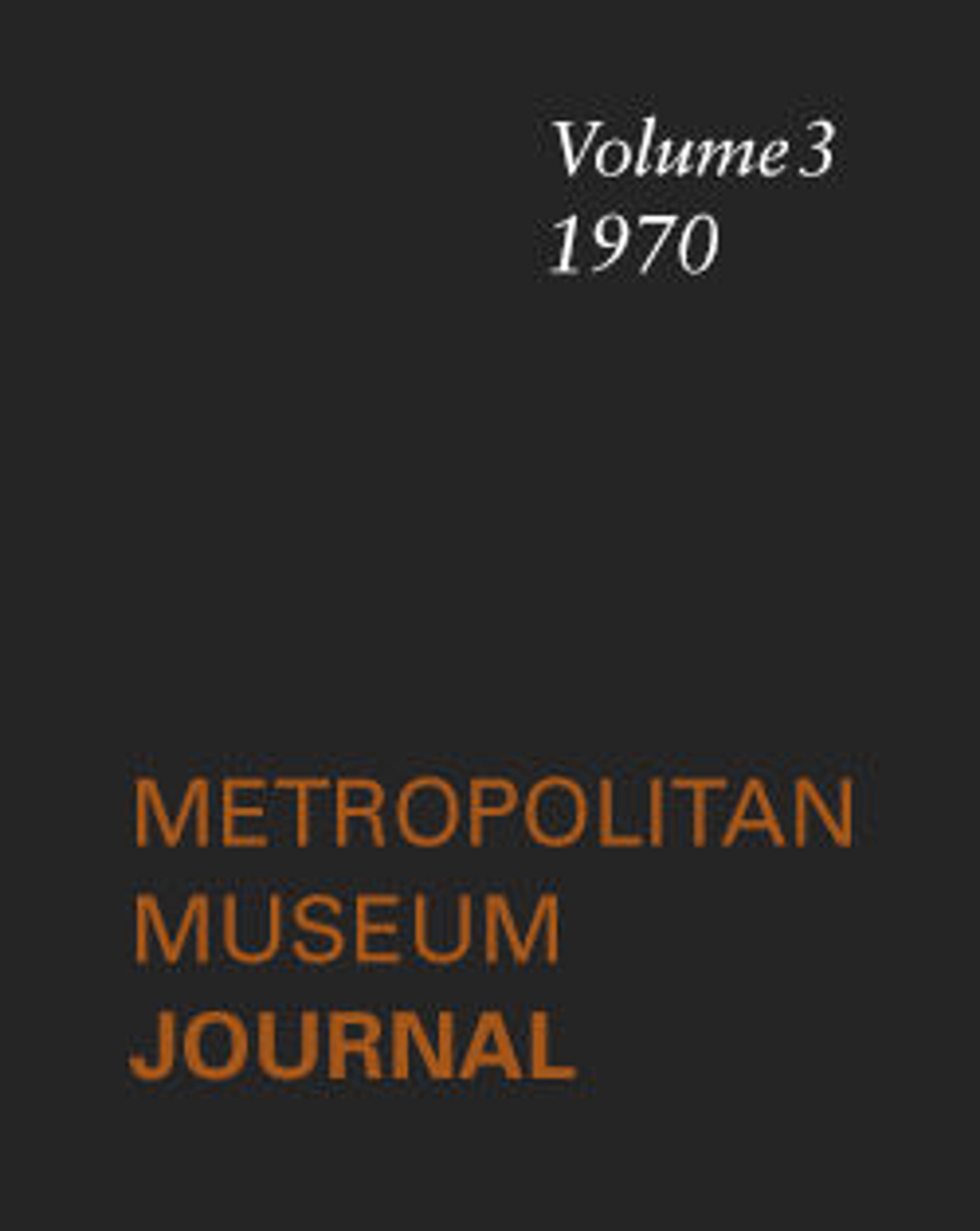Mace Made for Henry II of France
This mace bears the emblems and mottoes of Henry II (reigned 1547–59) and the signature of the Spanish-born swordsmith and damascener Diego de Çaias, who worked for the French court from 1535 to 1542 and then in England at the court of Henry VIII. The mace appears to have been made for Henry between the time he became dauphin (heir apparent) in 1539 and de Çaias's departure for England in 1542. The tiny multifigured battle scenes in gold and silver are characteristic of de Çaias's work.
Artwork Details
- Title:Mace Made for Henry II of France
- Damascener:Diego de Caias (Spanish, recorded 1535–49)
- Date:ca. 1540
- Culture:French
- Medium:Steel, gold, silver
- Dimensions:L. 24 in. (60.9 cm); W. 4 1/2 in. (11.4 cm); Wt. 3 lb. 8 oz. (1588 g)
- Classification:Shafted Weapons
- Credit Line:Rogers Fund, 1904
- Object Number:04.3.59
- Curatorial Department: Arms and Armor
More Artwork
Research Resources
The Met provides unparalleled resources for research and welcomes an international community of students and scholars. The Met's Open Access API is where creators and researchers can connect to the The Met collection. Open Access data and public domain images are available for unrestricted commercial and noncommercial use without permission or fee.
To request images under copyright and other restrictions, please use this Image Request form.
Feedback
We continue to research and examine historical and cultural context for objects in The Met collection. If you have comments or questions about this object record, please contact us using the form below. The Museum looks forward to receiving your comments.
